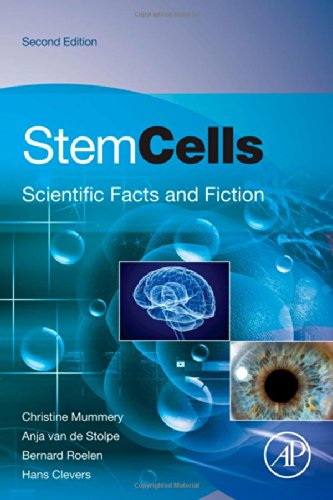

Most ebook files are in PDF format, so you can easily read them using various software such as Foxit Reader or directly on the Google Chrome browser.
Some ebook files are released by publishers in other formats such as .awz, .mobi, .epub, .fb2, etc. You may need to install specific software to read these formats on mobile/PC, such as Calibre.
Please read the tutorial at this link. https://ebooknice.com/page/post?id=faq
We offer FREE conversion to the popular formats you request; however, this may take some time. Therefore, right after payment, please email us, and we will try to provide the service as quickly as possible.
For some exceptional file formats or broken links (if any), please refrain from opening any disputes. Instead, email us first, and we will try to assist within a maximum of 6 hours.
EbookNice Team

Status:
Available4.3
17 reviewsThe second edition of Stem Cells: Scientific Facts and Fiction provides the non-stem cell expert with an understandable review of the history, current state of affairs, and facts and fiction of the promises of stem cells. Building on success of its award-winning preceding edition, the second edition features new chapters on embryonic and iPS cells and stem cells in veterinary science and medicine. It contains major revisions on cancer stem cells to include new culture models, additional interviews with leaders in progenitor cells, engineered eye tissue, and xeno organs from stem cells, as well as new information on "organs on chips" and adult progenitor cells.
In the past decades our understanding of stem cell biology has increased tremendously. Many types of stem cells have been discovered in tissues that everyone presumed were unable to regenerate in adults, the heart and the brain in particular. There is vast interest in stem cells from biologists and clinicians who see the potential for regenerative medicine and future treatments for chronic diseases like Parkinson's, diabetes, and spinal cord lesions, based on the use of stem cells; and from entrepreneurs in biotechnology who expect new commercial applications ranging from drug discovery to transplantation therapies.